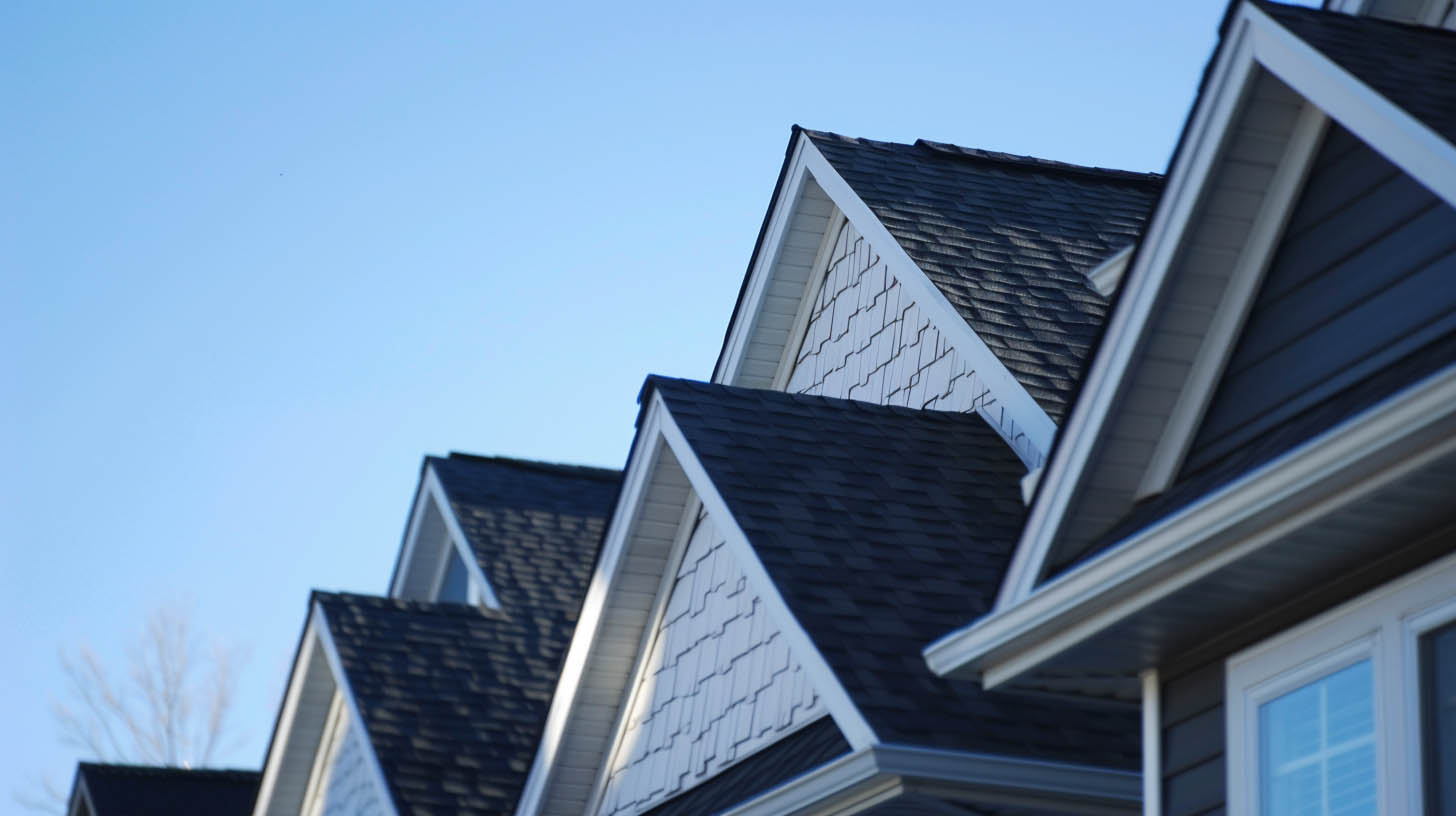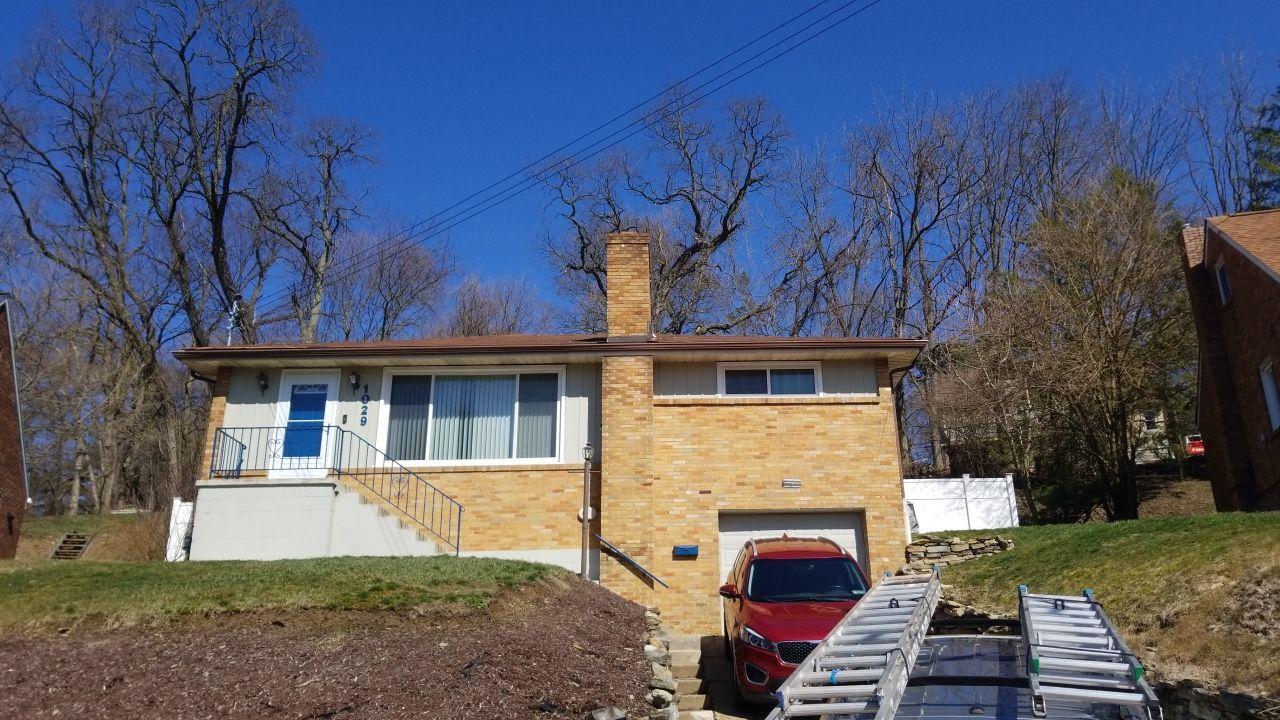

How to replace the roof – that is the question. Replacing a roof on a house can be a daunting task. It is a major home improvement project that can be expensive, but it is worth it to have a new, sturdy roof to avoid water damage to the inside of your home. There are many different types of roofs to choose from, depending on your home’s architecture and climate. In this article, we will explain how to replace a house roof, as well as how much it costs to reshingle a roof.
You may be asking:
- How much does it cost to reshingle a roof?
- How to reshingle roof?
When to (and how to) Reshingle a House
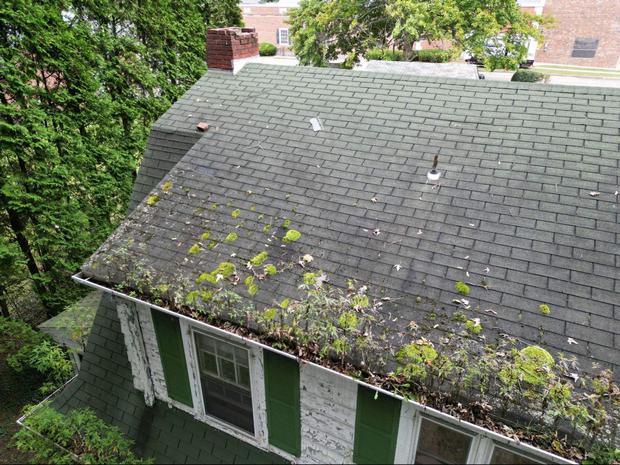
It’s no secret that a fresh coat of paint can make a house feel brand new. The same can be said for a new roof. If your decades-old roof is looking less durable, or you are experiencing a leaky roof, it might be time to consider reshingling.
First things first, though: Always consult a roofing professional first when dealing with roofing issues. Roofing professionals have the experience and expertise to properly assess a roofing issue and determine the best course of action. They can also provide guidance on preventive measures that DIYer’s often miss, leading to problems such as:
- Mold and Mildew Growth
- Weakened Structural Integrity
- Increased Energy Bills
When to Replace a Roof
When it comes to your roof, it’s important to know when it’s time to replace it. No one wants to have to replace their roof sooner than necessary, but at the same time, you don’t want to wait too long and end up with a serious problem.
So, how do you know when it’s time to replace your roof? Here are a few signs to watch out for:
- Your roof is over 20 years old.
- You’re seeing signs of leaks or water damage.
- Your shingles are cracked, curling, or missing.
- There is excessive daylight visible through your roof.
- Massive amount of granules off the shingles
If you’re seeing any of the above signs, it’s time to start shopping for a new roof. Don’t wait until your roof is in dire need of replacement – by then, it will be too late.
Main Steps to Take When Replacing a Roof
A roof replacement is a big job, and it’s important to do it right. Here are the main steps to take when replacing a roof:
Choose the right time of year. Spring and fall are the best times to replace a roof.
Choose the right roofing material. There are many different types of roofing material, and each has its own benefits and drawbacks. Asphalt shingles are the most popular type of roofing material, but metal roofs are becoming more popular.
Hire a reputable roofing contractor. This is probably the most important step of all. Make sure you get references and check them out before hiring anyone.
Make sure your insurance is up to date. Replacing a roof is a big job, and you want to make sure you are properly insured in case of any accidents.
How to Reshingle Your Roof (and how much will it cost to reshingle my roof?)

Step #1 – Make sure that you have the right tools for the job.
- Ladder
- Hammer
- Roofing Felt
- Proper Roofing Nails
- Nail & Staple Gun
- Chalk Line
- IR COMPRESSOR
- Roofing Tar
- Trowel
- Roofing Shingles
- Utility Knife
- Proper Safety Procedures
- And TONS OF Other Tools and materials
Step #2 – Determine your shingle type.
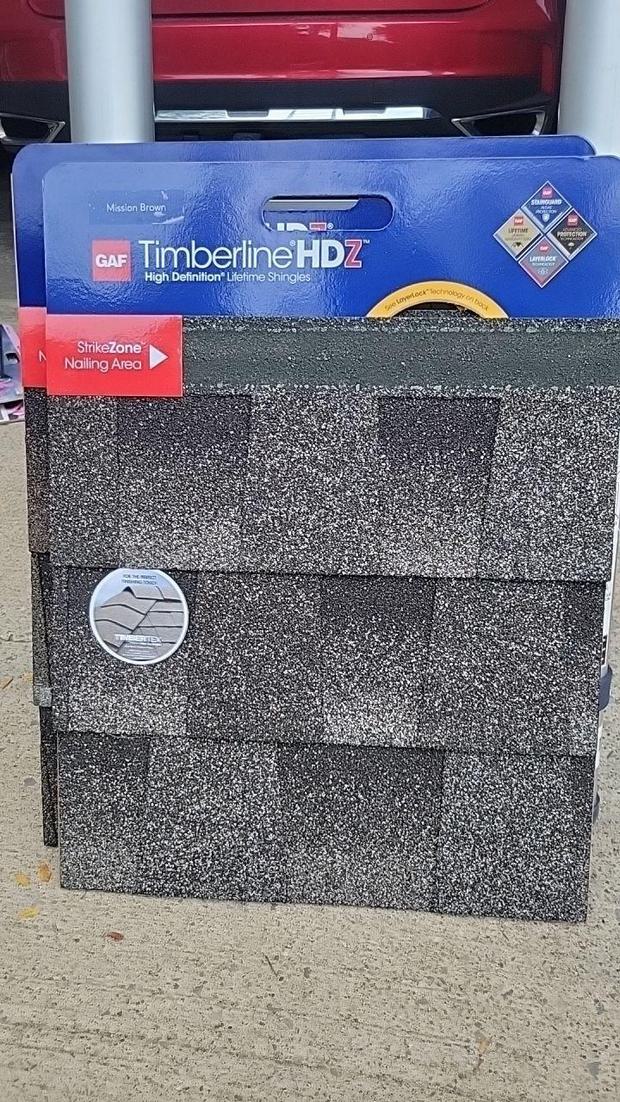
There are many different types of roof shingles available on the market today. As a homeowner or business owner, it is important to choose the type of shingle that best fits your needs and budget. So, whether it be you are learning how to reshingle a shed roof or how to reshingle a house, here is a quick overview of the most popular types of roof shingles:
Asphalt Shingles ($3-$4 per Square Foot): Asphalt shingles are the most popular type of roofing material in the United States. They are made from a fiberglass or asphalt base and covered with asphalt. Asphalt shingles are available in a variety of colors and styles and last up to 15-30 years).
Wood Shingles (up to $7 per Square Foot): Wood shingles are made from cedar, redwood, or cypress. They are a popular choice for homeowners who want a natural look for their roof. Wood shingles must be properly sealed and maintained to prevent rot and insect damage.
Slate Shingles ($16+ per Square Foot): Slate shingles are made from natural stone. They are a popular choice for high-end homes because of their luxurious appearance. Slate shingles are very durable and can last for many years. However, they are also very heavy and can be difficult to install.
Metal Shingles ($4-$7 per Square Foot): Metal shingles are made from aluminum, steel, or copper. They are a popular choice for homeowners who want a durable and long-lasting roof. Metal shingles are available in a variety of colors and styles.
Tile Shingles ($8-$25 per Square Foot): Tile shingles are made from clay or concrete. They are a popular choice for homeowners who want a durable and long-lasting roof. Tile shingles are available in a variety of colors and styles.
Solar Shingles (up to $21 per Square Foot): Solar shingles are a type of solar photovoltaic (PV) cell that can be used in place of traditional roofing materials. They’re designed to blend in with your roof and can even be used to power your home.
Step #3 – Remove the Old Shingles
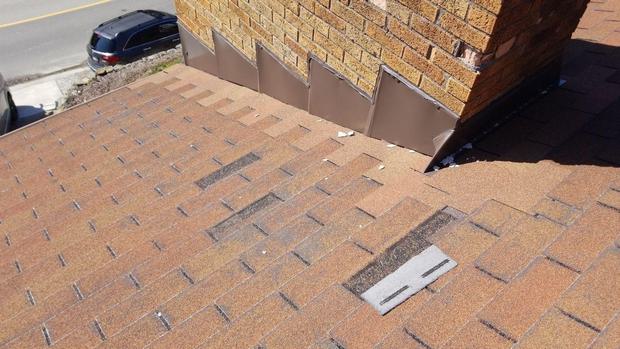
To remove the old shingles, you’ll need to use a pry bar and/or hammer to loosen and remove the shingles. Once all of the old shingles have been removed, you’ll need to sweep the roof clean of any debris.
Step #4 – Inspect the Roof Deck
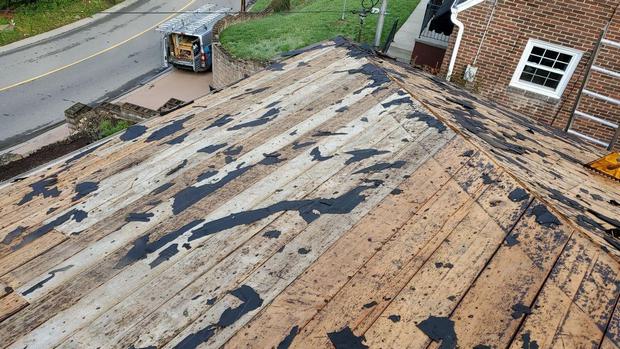
Inspect the underlying roof deck by looking for any signs of damage, such as rot or water damage. If you find any damage, you’ll need to repair it before proceeding.
Step #5 – Install the Roofing Felt
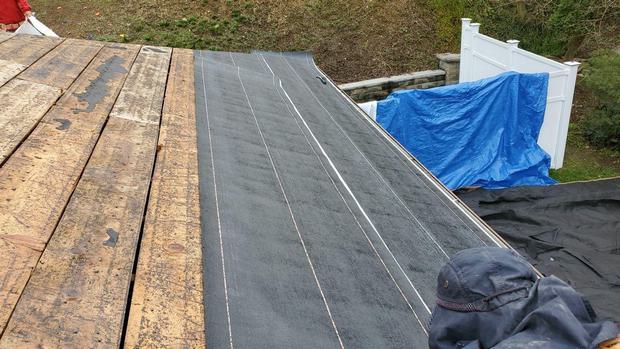
Roofing felt is used to prevent moisture penetration. To install, you must secure by using a nail/staple gun.
Step #6 – Draw Chalk Lines
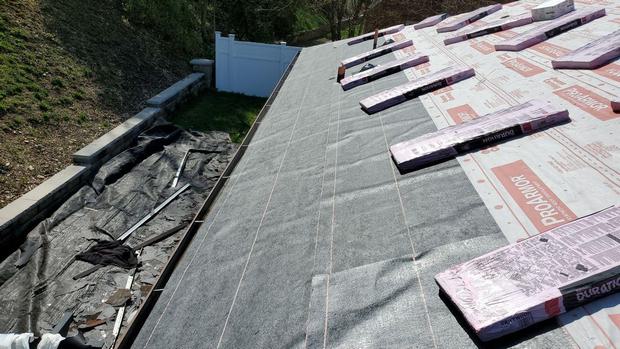
Carefully draw chalk lines by marking areas where your new shingles will be placed. If not measured correctly, your shingles will not look the way you expected.
Step #7 – Install the Shingles
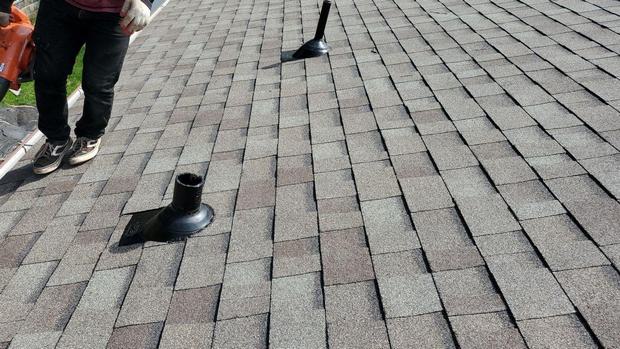
Begin by centering the very first shingle, according to the chalked lines. Then, nail each corner. Continue by nailing each shingle beside each shingle. Repeat the process.
Step #8 – Finish Up
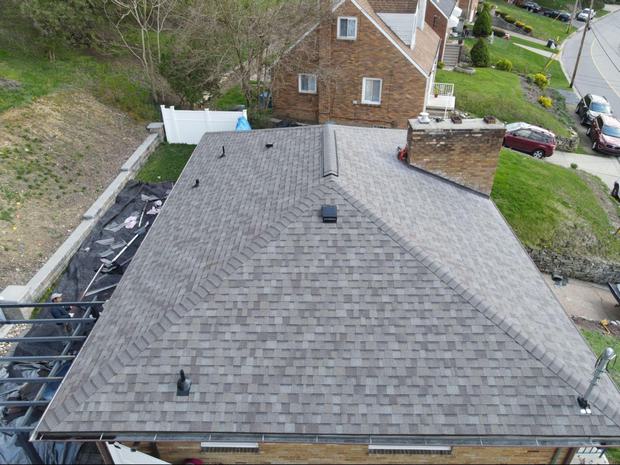
Once all of the new shingles have been installed, you can finish up the job by trimming any excess shingles and properly discarding or recycling the old ones.
Should You Replace the Roof by Yourself?
So, should you replace the roof by yourself? The blunt answer to this question is no.
While it may be tempting to try to fix roofing problems yourself, it is rarely a good idea. Not only could you make the problem worse, but you could also end up injuring yourself. Potential hazards involved in reshingling your roof include falling off the ladder, being injured by falling debris, and being electrocuted by power lines.
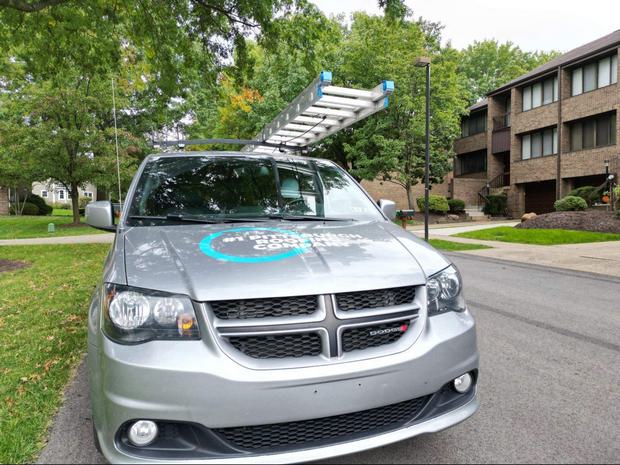
If you’re looking to replace your roof, be sure to contact a roofing professional as soon as possible. MY Pittsburgh Roofing is locally owned, providing professional roofing solutions to the residents and businesses of Pittsburgh. Contact us now at 412-218-7082.


